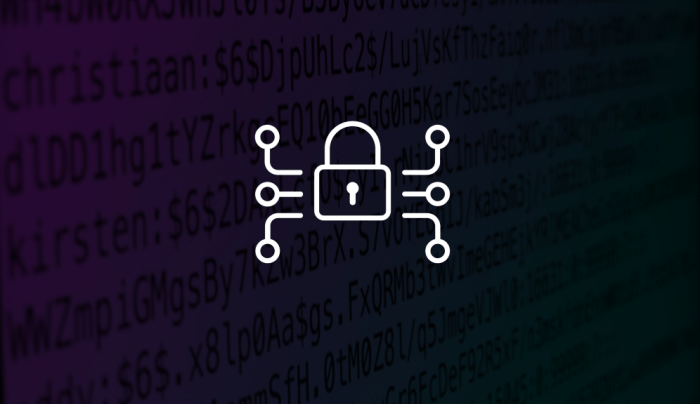Encrypting data is often considered the ultimate solution for data protection. However, it is crucial to recognize that encrypting data is not an appropriate measure when used in isolation. This article delves into the limitations of encryption and explores alternative data protection strategies, emphasizing the importance of a comprehensive approach to data security.
Encryption plays a vital role in data protection, but it is essential to understand its limitations. While encryption can render data unreadable to unauthorized parties, it does not address other critical aspects of data security, such as access control, data recovery, and legal compliance.
Therefore, relying solely on encryption can leave organizations vulnerable to data breaches and other security threats.
Encryption Limitations
Encryption is a valuable tool for protecting data, but it is not an absolute solution. Encryption alone may not be sufficient to protect data in certain scenarios.
For instance, encryption does not protect against data breaches caused by vulnerabilities in the application or operating system. Attackers may exploit these vulnerabilities to gain access to encrypted data without needing to decrypt it.
Additionally, encryption can create challenges for data recovery. If the encryption key is lost or compromised, the encrypted data may become inaccessible.
Alternative Data Protection Measures
To address the limitations of encryption, it is essential to implement a defense-in-depth approach that incorporates multiple layers of security measures.
- Access Control:Implement strict access controls to limit who can access sensitive data.
- Authentication and Authorization:Use strong authentication and authorization mechanisms to verify the identity of users and control their access to data.
- Data Masking:Mask sensitive data to prevent unauthorized access or disclosure.
- Data Tokenization:Replace sensitive data with unique tokens to reduce the risk of data breaches.
- Network Segmentation:Segment the network to isolate sensitive data from untrusted networks.
Data Access and Control

Controlling access to encrypted data is crucial. Proper key management practices are essential to ensure that only authorized individuals have access to the decryption keys.
- Key Management:Implement a robust key management system that includes key generation, storage, distribution, and rotation.
- Authorization:Establish clear authorization policies that define who has access to decryption keys and under what circumstances.
- Auditing:Regularly audit access logs to monitor key usage and identify any suspicious activity.
Data Recovery and Resilience

Data loss or corruption can occur even in encrypted environments. It is crucial to have a data recovery plan in place.
- Backups:Create regular backups of encrypted data and store them in a secure location.
- Disaster Recovery:Establish a disaster recovery plan that includes procedures for recovering encrypted data in the event of a system failure.
- Key Escrow:Consider using a trusted third party to escrow encryption keys in case of key loss or compromise.
Legal and Regulatory Considerations

Encryption is subject to legal and regulatory requirements in different jurisdictions. It is important to understand these requirements and ensure compliance.
- Data Protection Laws:Comply with data protection laws and regulations that govern the use of encryption, such as the General Data Protection Regulation (GDPR) and the California Consumer Privacy Act (CCPA).
- Industry Regulations:Adhere to industry-specific regulations that may require the use of encryption, such as the Payment Card Industry Data Security Standard (PCI DSS).
- Law Enforcement Access:Be aware of legal obligations to provide law enforcement with access to encrypted data under certain circumstances.
Top FAQs: Encrypting Data Is Not An Appropriate Measure
Is encryption the only way to protect data?
No, encryption is just one aspect of a comprehensive data protection strategy. Other measures include access control, data backup, and incident response planning.
What are the limitations of encryption?
Encryption does not address access control, data recovery, or legal compliance. It can also create challenges in data sharing and collaboration.
What is a defense-in-depth strategy for data protection?
A defense-in-depth strategy involves implementing multiple layers of security controls to protect data from various threats. Encryption is one of these layers, but it should be complemented by other measures.